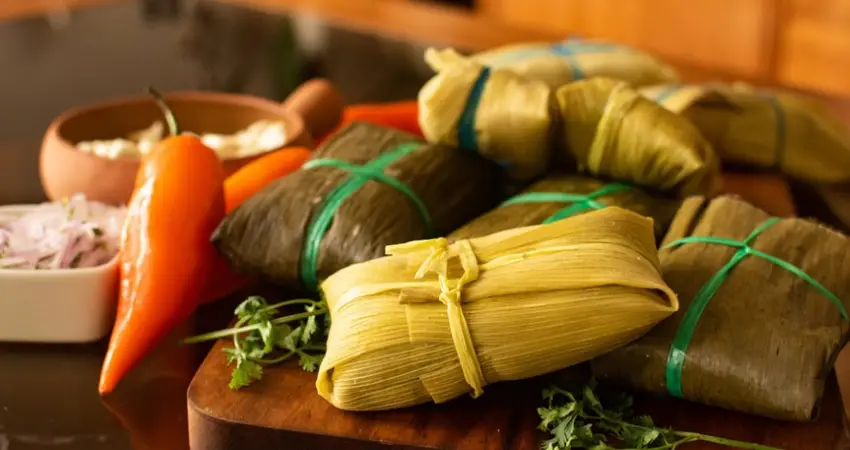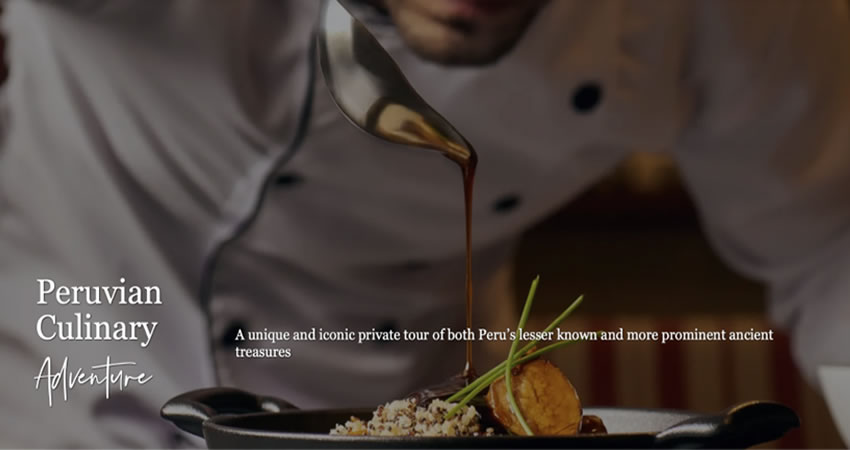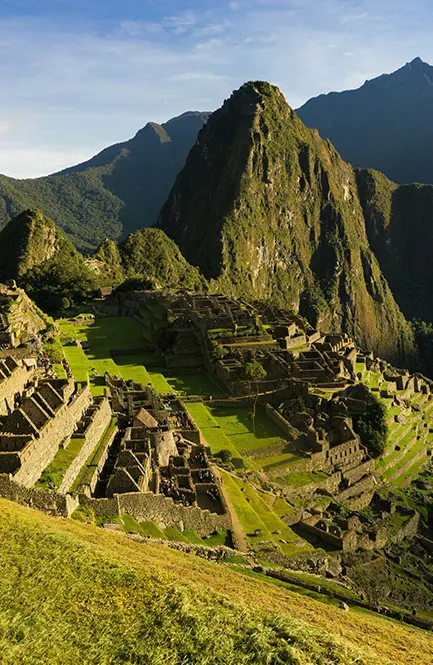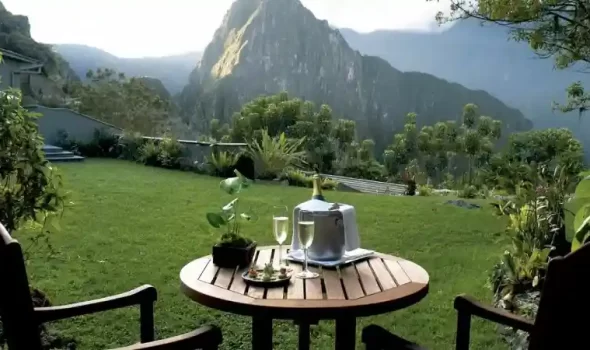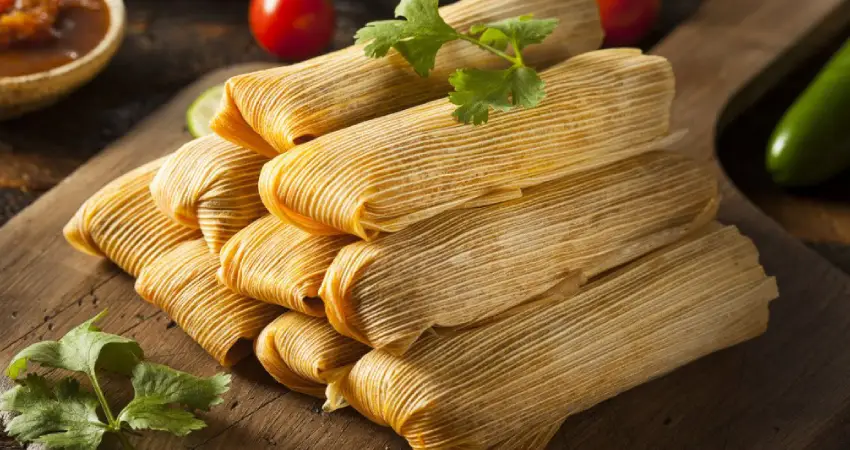
1.- INTRODUCTION TO PERU TAMALES
Without a doubt, Peru tamales are considered one of the most traditional and emblematic dishes in Peruvian gastronomy, not only for the flavor it offers, but also for the deep connection that it allows us to feel of its culture and the ancestral traditions that have been inherited for generations. The Peruvian Tamales recipe has been transmitted as part of the tradition and at the same time it remains as a symbol of traditional cuisine being indispensable in moments of celebrations and festivities throughout the country.
2.- What are Peru Tamales?
This traditional dish consists of a corn dough that is filled with various ingredients such as chicken, meat, cheese or vegetables. A simple way to explain it is like an empanada. It is cooked wrapped in a corn or plantain leaf, depending on the place where it is prepared. The base of this preparation is a dough that is prepared with corn flour along with a broth or essence of the same filling that contains then that area with herbs and spices which gives it a characteristic and unique flavor, the Peru tamales to be wrapped are cooked in steam allowing the flavors are mixed homogeneously and thus creating a smooth texture with a unique and special flavor.
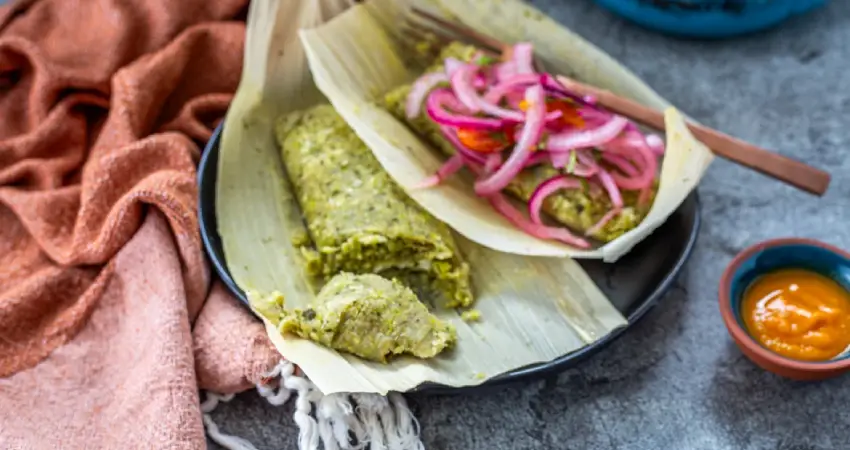
This Peruvian Tamales recipe varies according to the place where they are prepared since in some cases other ingredients are used as filling, however the purpose is the same. Peru Tamales are quite versatile since they can be eaten at any time of the day and each region of Peru has adopted its own version basing the preparation to its customs.
| “Go taste the world before it’s too late.” |
3.- Unique identity of Peru Tamales
What makes Peru Tamales really special is their adaptability and ability to fuse their own ingredients with the influence of other cultures, since corn is the base of the Andean diet and has become the soul and body of this dish. In fact, in Peru multiple varieties of corn are cultivated that vary in color and size, so that each preparation of Peru tamales has a different texture and flavor. It is also important to mention that the Peruvian Tamales recipe requires the use of fresh and natural ingredients such as aromatic herbs and the mixture of spices which provides a special and unique flavor that can even give aspects of nostalgia to those who consume it. As for the essence of the Peru Tamales it can be assured that it is a complete multicultural identity of all the traditions and vestiges that until today exist taking as a base the filling for this essence, for example in the coast it is like a being able to appreciate the Peru Tamales, on the other hand in the Andes it is like seeing beef or even the charqui (dehydrated meat) while in the jungle more native elements are used like the banana or the yucca.
4.- Why are Peru tamales distinguished worldwide?
It is important for you to know that Peru Tamales are not only famous in Peru, in fact they have become one of the most appreciated dishes with authentic flavor all over the world due to the high quality of the ingredients used when making Peruvian Tamales recipe. Throughout the last years Peruvian gastronomy has only received honorable mentions and great compliments from those who manage to taste it either for its diversity or for the depth of flavors it contains; however, Peru tamales are a clear example of this wide culinary richness.
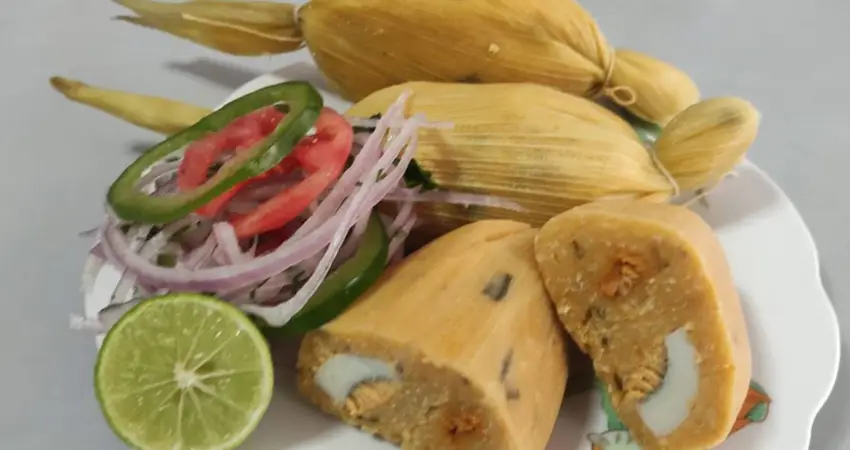
4.1.- Cultural influence
Peru tamales are an example of the fusion that exists between cultures throughout Peru’s history, combining native ingredients with influences from European, Spanish, African and Asian cuisines, resulting in the popular mestizo cuisine.
4.2.- Regional diversity
It is no surprise that there is a diversity of flavors and textures in each place of Peru, this is due to the wide geography that contains in addition to the many local customs that have been inherited for generations, this makes that when tasting the Peru Tamales not only consumes a dish but connects in a more delicious way with the culture.
4.3.- Traditional food
Due to its versatility, Peru Tamales are consumed at multiple times of the year but especially in times of celebrations as they have become an inevitable dish of the Peruvian table which guarantees a festive and cultural character that gladdens the hearts of those who like it.
5.- TRADITIONAL INGREDIENTS OF PERU TAMALES
It is no surprise to anyone that the main secret of the correct preparation of Peru tamales is based on the dough, which mainly uses the ingredient of corn, however this varies slightly according to the region in which it is prepared, considering some of these elements:
5.1.- Corn
This is the primary ingredient of the dough that is used for the base of the preparation of Peru tamales, usually it is the conventional white corn however after many tests it has also begun to use purple corn and Peruvian giant corn which has given it a much thicker texture and a differentiated tonality.
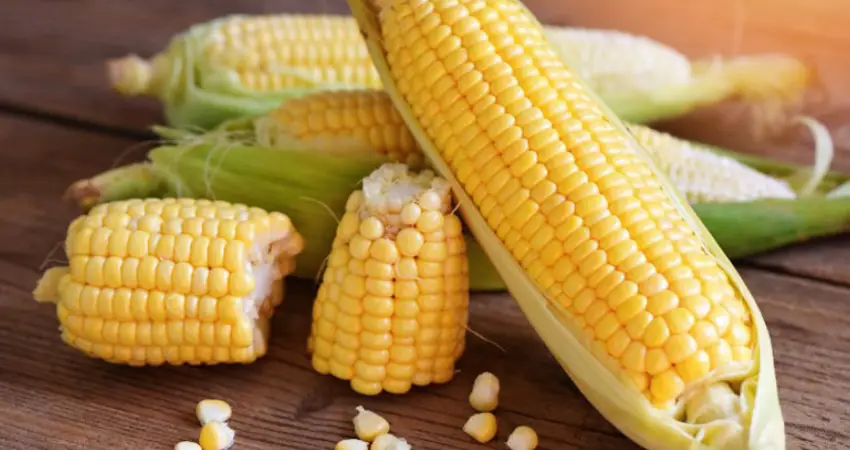
5.2.- Broth
In search of giving the soft texture and unique flavor of the Peru Tamales, the dough is seasoned with chicken broth, this brings a touch of incredible flavor that mixes with the dough and makes it fluffier.
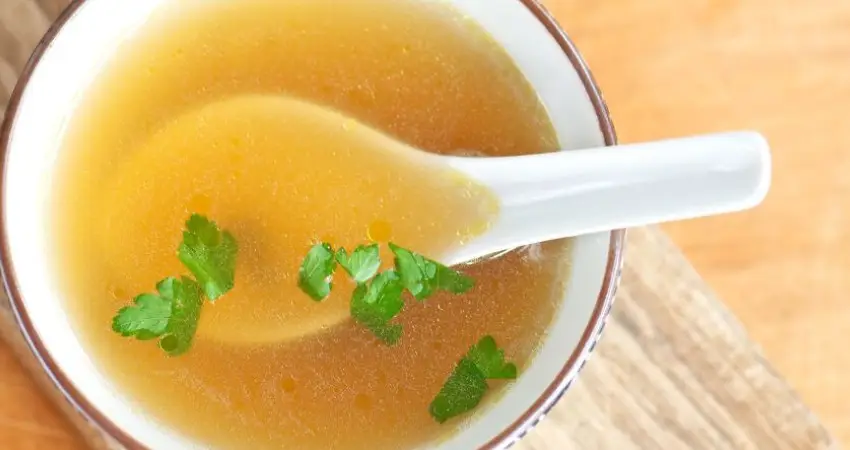
5.3.- Salt
Balancing the flavors is also essential when following the Peruvian Tamales recipe, adding salt which will give the right balance at the time of tasting.
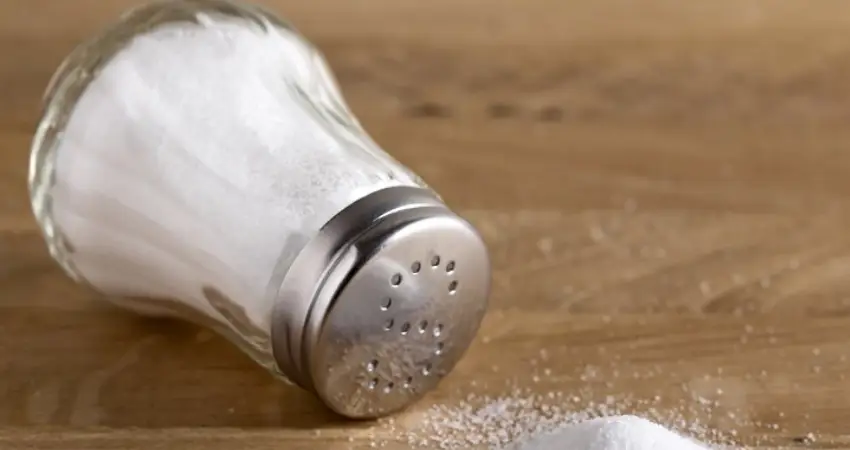
5.4.- Corn flour
It is also possible to add corn flour to improve the texture of the dough of the Peru Tamales, it will depend on the style and type of tamale you want to elaborate.
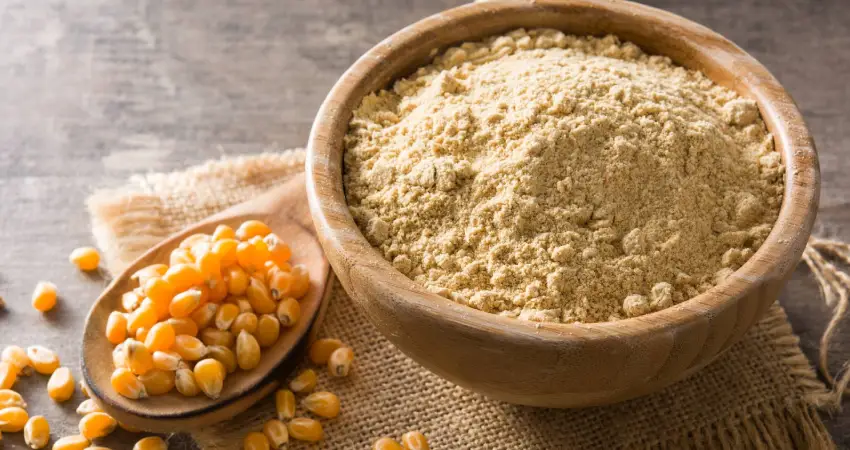
6.- Traditional fillings
Something that distinguishes Peru Tamales from the first bite is undoubtedly the filling, besides that it is what defines its flavor in its totality, there are traditional fillings elaborated based on proteins and at the present time diverse varieties have also been created considering the existing nutritional diets.
6.1.- Chicken
it is part of the preparation of the conventional Peru Tamales, in this one is used shredded meat from the chicken breast, usually before it is seasoned in spices and herbs that gives it a deep and tasty flavor, it is also like a see how it is combined with hard boiled egg, olives and even peppers to add texture.
6.2.- Pork
it is also quite popular to find the Peru Tamales with pork filling accompanied by garlic sauce, cumin and other spices that give it a unique flavor. Although this is especially done on the coast.
6.3.- Beef
a filling typical of the Andean region where the Peru Tamales with beef filling is quite common accompanied by Aji panka and aromatic herbs that give it a different flavor.
6.4.- Vegetarian
Typical of the vegetarian diet, a personalized style of Peru Tamales has been designed containing boiled vegetables as filling, mainly carrots, peas, peppers and corn, commonly accompanied with herbs such as coriander or basil.
7.- HOW TO MAKE PERU TAMALES
Step 1: The first step for the correct preparation of Peru tamales is undoubtedly to prepare the filling, in this case we will use as a base a preparation with chicken filling. For this is the first thing is to boil the breast in a pot with a little salt, when it is completely boiled is removed and shredded. Then in a large frying pan with a little oil we fry onion and garlic until golden brown, then we add the shredded chicken and add seasonings such as cumin, yellow chili paste, salt and pepper to taste. At this point you can also incorporate other elements such as hard boiled eggs, olives, peppers and even raisins if necessary, amos cook for a few minutes and then remove the fire so that it can cool in a different bowl, it is important that this is cold because otherwise it will cause the dough to melt.
Step 2: It is time to start with the most important thing, in a large bowl mix the corn flour with the broth that we obtained at the time of boiling the chicken breast, you should get a smooth mixture without lumps with a homogeneous mixture, if you notice too thick you can add the broth to rectify it, the point is to get a fairly firm dough that does not spill. At this point salt is added homogeneously to balance the flavors in addition to the yellow guide to be able to give the flavor and at the same time the color, if desired turmeric can also be added to give it a better color. After a few minutes it is time to work the dough with both hands until we can get a smooth and homogeneous texture the best way to test the quality of our dough is to make a small ball and then apply it, if it falls apart easily you need a little more broth on the contrary if it is very sticky you need a little flour, at the end we let it rest for about 20 minutes.
Step 3: The wrapping is very important, the easiest way is to do it with the same corn husk that was used, for this it is important to previously soak them in hot water which will allow them to soften in a homogeneous way and it will be much easier to mold them at the time of introducing the dough that we prepared previously.
Step 4: Carefully add dough on the leaves, the portion will depend on the space you have as a container, the dough should cover the entire area of the leaf until it folds and can form a small block, when the dough is firm add the filling that we previously prepared, it is important not to overload it, after this step we can proceed to close the tamale by folding the sides of the leaf on the dough and filling which will allow the wrapper as a whole is sealed and does not spill at any time.
Step 5: For this step you need a large pot with a little water, you can use a steamer or put a small rack in the base making sure that the water does not touch the tamales at any time, it is important that the tamales are fully cooked with steam, this takes about one or two hours depending on the boiling of the water, in case the water dries out you can add a little more. The best way to test if it is ready is to do a small test and before removing all the tamales remove only one and see if it is ready.
Step 6: Once confirmed that the cooking procedure is ready, remove from the pot and let them rest briefly and then serve them directly to each starter, you can always accompany them with a hot sauce or salsa criolla.
8.- GLOBAL RECOGNITION
“Thanks to multiple Peruvian master chefs during the last few years, Peruvian gastronomy has gained an extremely important recognition in the eyes of the world. Chips such as Gaston Acurio or Virgilio Martinez have taken a simple dish to its maximum splendor to the point of having delighted extremely demanding palates.”
9.- FAQs
- What makes Peruvian tamales different from other tamales?
Essentially Peru tamales are unique because of the diversity of flavors and varieties of filling that can be presented, also due to the influence of preparation style of each region the flavor changes, also varies because the Peru tamales are made from Peruvian corn and add local elements of each place of preparation.
- Are Peruvian tamales gluten-free?
Yes, Peru tamales are mostly gluten free since they use corn flour as the base of the dough, of course you must consider that some ingredients may contain additives that are used in its preparation and could contain gluten, however in most cases for diners who have a gluten intolerance they are ideal.
- Can I freeze Peruvian tamales?
Yes, this is one of the versatility that Peru tamales present to you because when you freeze and then thaw them you can consume them without any inconvenience and in a direct way.
- How long does it take to cook Peruvian tamales?
The average time used for the proper cooking of Peru tamales is between 1 to 2 hours in a steam cooker, depending on the size of the pot and even the region if this time can vary a little more or a little less.
- What is the best filling for Peruvian tamales?
The preference of the filling will always depend on each diner, there are multiple options in which unique fillings can be added as is the case of the vegetarian option, however as a recommendation is better the traditional chicken.
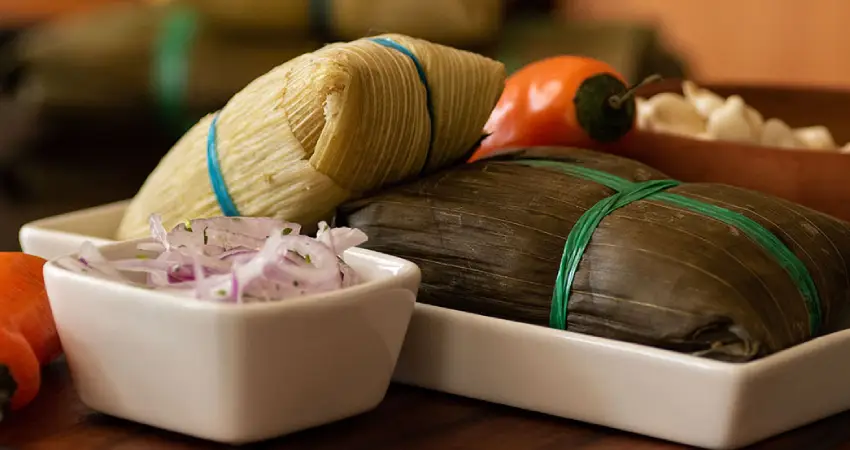
Having the opportunity to taste Peru tamales during your next experience will be something you will remember for a lifetime, we are sure you will even want to learn the Peruvian Tamales recipe. Auri Peru can help you to enjoy this experience of flavors in a special way, contact us now together and we will leave a personalized and sought after plan for you to enjoy this culinary experience.
“Every trip has a new flavor.”




